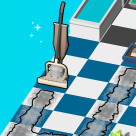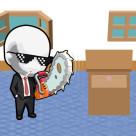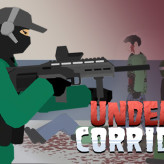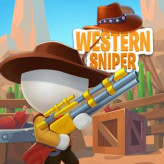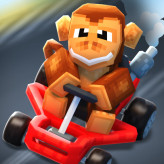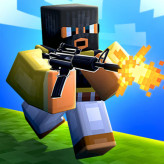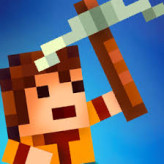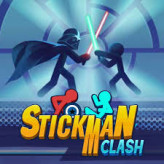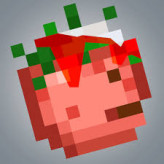Battle Cards
About Battle Cards
Battle Cards is a card roguelike game with a unique gameplay mechanic where you control a hero card and navigate it around a playing field. For more detailed information about controls, additional gameplay mechanics, and specific strategies, it's recommended to check the official sources associated with Battle Cards, such as the game's website, documentation, or in-game tutorial. Here's a summary of the key features:
How to play Battle Cards
Game Overview:
- Genre: Card Roguelike
- Gameplay: Move your hero card around the playing field, interacting with various types of cards.
Key Features:
Card Movement: Navigate the playing field by moving your hero card, colliding with adjacent cards.
Card Interactions: Different cards on the playing field have varied effects. Examples include:
- Monster Cards: Reduce your card's health.
- Spike Cards: Pose a threat to your card's health.
- Healing Cards: Restore your card's health.
- Gold Cards: Increase your game score.
Strategic Thinking: Each movement creates a unique and challenging situation, resembling a mini-puzzle that requires strategic thinking to solve.
How to Play:
Move Hero Card: Use controls to move your hero card around the playing field.
Collide with Cards: Collide with adjacent cards to trigger various effects. Plan movements carefully to optimize outcomes.
Health Management: Be mindful of your card's health. Avoid collisions that can reduce health and seek healing cards to restore it.
Score Increase: Collect gold cards to increase your game score.
Strategic Decision-Making: Approach each movement as a strategic decision. Anticipate the consequences of colliding with different types of cards.
Controls Guide:
- Specific controls depend on the platform where the game is available. Check the game's official documentation, website, or in-game tutorial for details on controls.
Additional Sources:
Official Website: Visit the official website of "Battle Cards" for documentation, guides, or controls information provided by the developers.
Steam or Other Platforms: If the game is available on platforms like Steam, check the game's store page or community hub. Developers often share information, updates, and guides there.
Social Media Channels: Explore the official social media channels associated with the game. Developers may share tips, guides, and updates through platforms like Twitter or Facebook.
Forums and Community Discussions: Check gaming forums or communities where players discuss their experiences. You might find player-generated guides or tips on how to navigate the game.
BACK TO TOP



